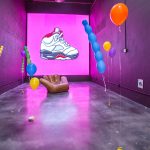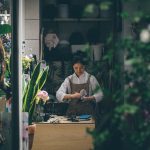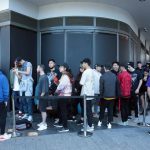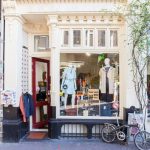When it comes to planning your next pop-up, it is crucial to put social media at the heart of your strategy. There are at least three ways to use social media to make a pop-up shop both successful and memorable:
- Marketing through social media
Of course, apart from traditional media outlets, social media is indispensable when marketing a pop-up store. Working together with influencers such as popular bloggers, using Facebook and Instagram to promote in-store pop-up events such as launch parties and contests, and using Twitter to give followers insight into what happens behind the scenes are all powerful ways to generate buzz around your brand’s pop-up event and draw a crowd.
- Integrating social media
Another way in which social media’s integration with pop-up stores has proven successful is by exchanging customers’ posts for incentives such as gifts or complementary services. For example, Frozen Food company Bird Eye’s creative initiative to open pay-by-picture pop-up restaurants, where customers were offered a free meal in exchange for an Instagram post, did wonders. The pop-up event generated over 3.5 million Twitter impressions and over 200 pieces of press coverage.
- Bringing social media to life
A third way to put social media at the heart of your pop-up strategy is by designing your pop-up through the lens of social media. The way you arrange your pop-up visually should not only reflect your brand’s core values and the lifestyle it represents, but it should be Instagram, Weibo or Facebook-worthy.
This may mean creatively aligning your store with brand colors and icons, installing a photo booth or special setting for a photography moment. Doing so is a sure way to connect to the socially connected consumers and drive spending habits. In a way, it means partnering up with your audience to create an experience that extends beyond the store.
- Glossier, a real millennial’s brand
Glossier, a skincare and makeup brand highlighting natural beauty, did just that when they made social media come to life in a pop-up store a few years ago. A millennial’s brand, they actively used Instagram and Pinterest where they framed their brand around pink color and artsy product photographs.
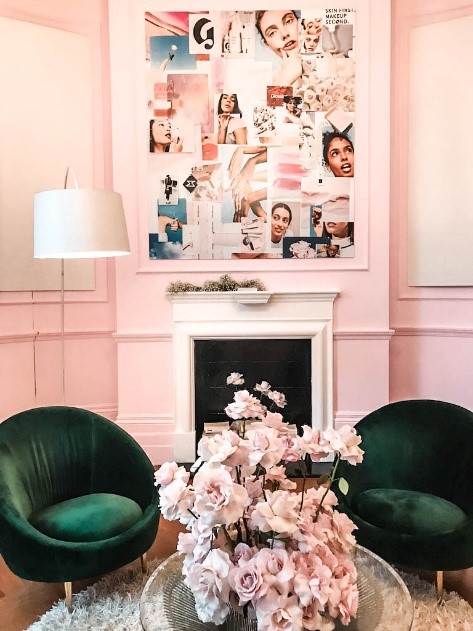
Then, in 2015, with their pop-up Glossier blew life into their social media accounts by creating a showroom that looked and felt like the Glossier feed. Customers were able to participate in this living form of social media, experience and purchase products. No incentive was needed, instead customers were inspired to post about the store.
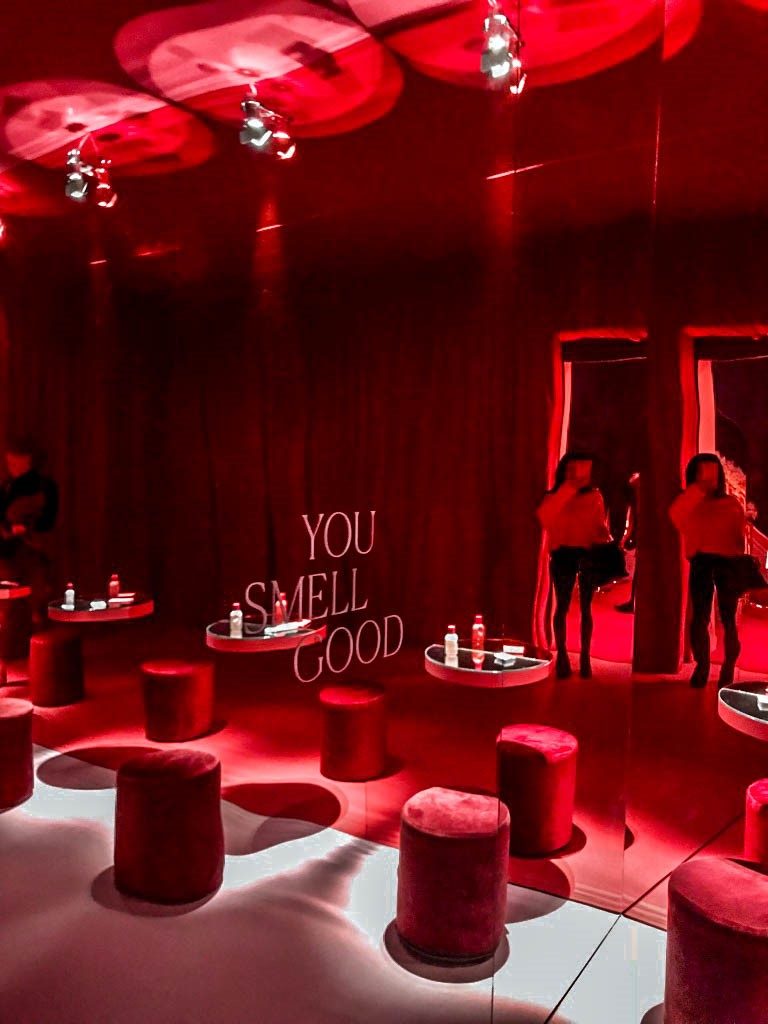
Social media, just like brands, are a way for consumers to express their identity and share their experiences. Apart from using social media for promotion and incentivizing customers to post pictures, your pop-up shop should be set up in such a way that it inspires customers to post about it so as to feed an ever-widening conversation and drive foot traffic.
As we all know, beyond press coverage, the best form of brand exposure and way to move towards a genuine hype is when more and more people start talking about your pop-up and invite others to come and check it out.
Ready to make your own pop-up store a social media success? Book today!
- The Chinese Retail Market: Pop-up Stores and Massclusivity - November 30, 2020
- 7 For All Mankind Builds Buzz with Its Pop-Up Store in Le Marais - May 1, 2019
- 3 Reasons To Open a B2B Pop-Up Store - February 20, 2019


